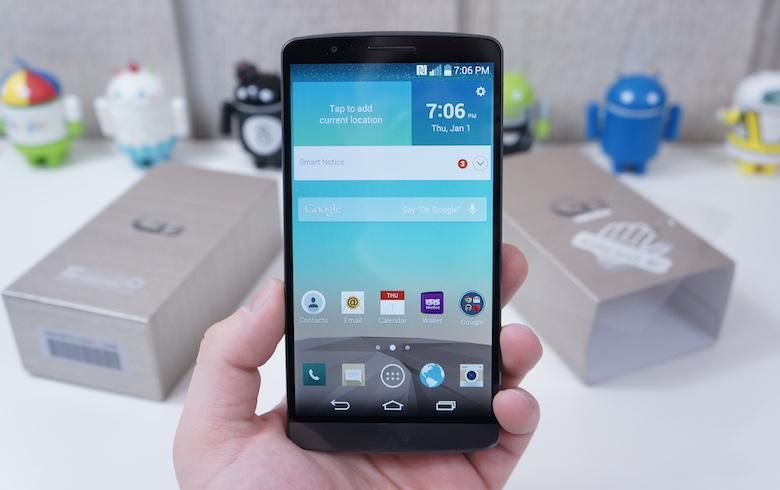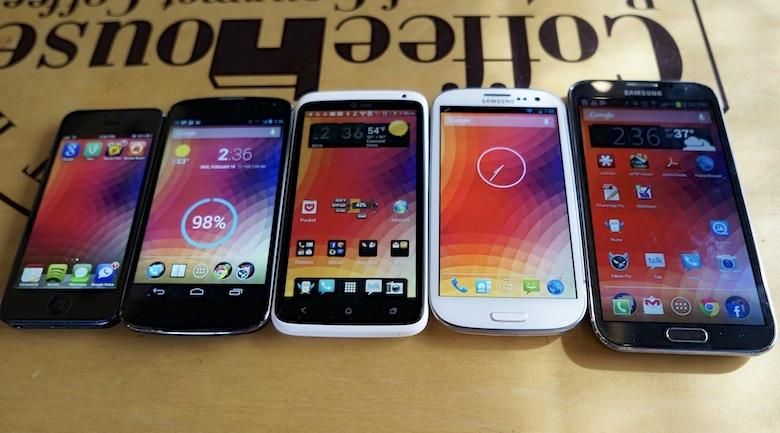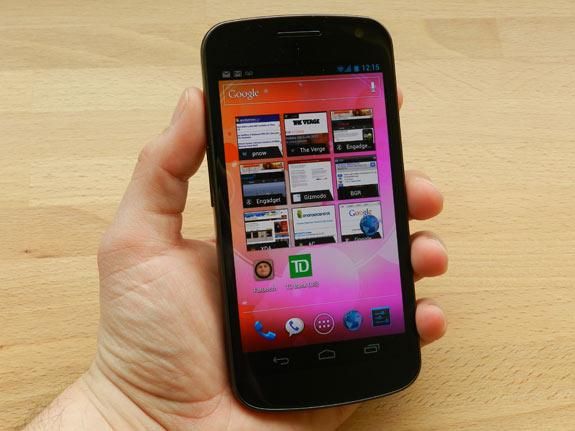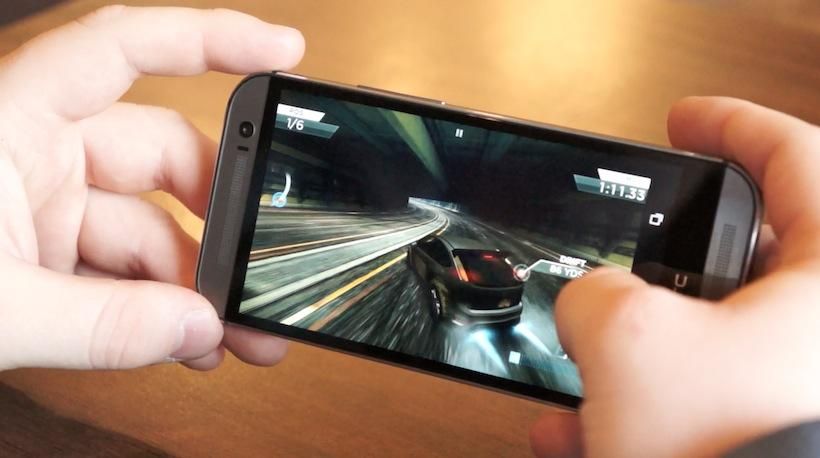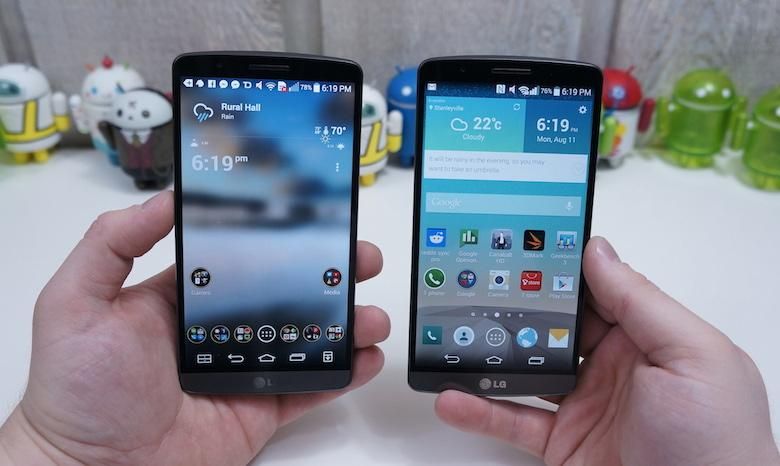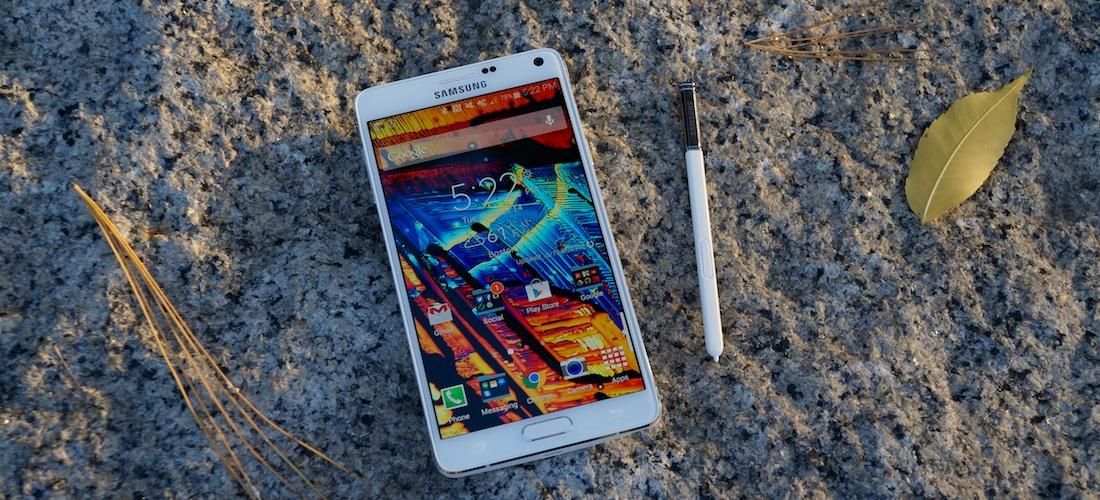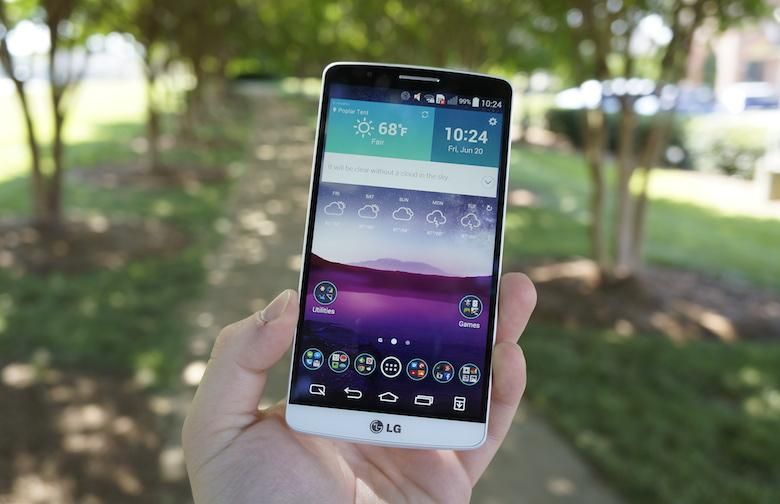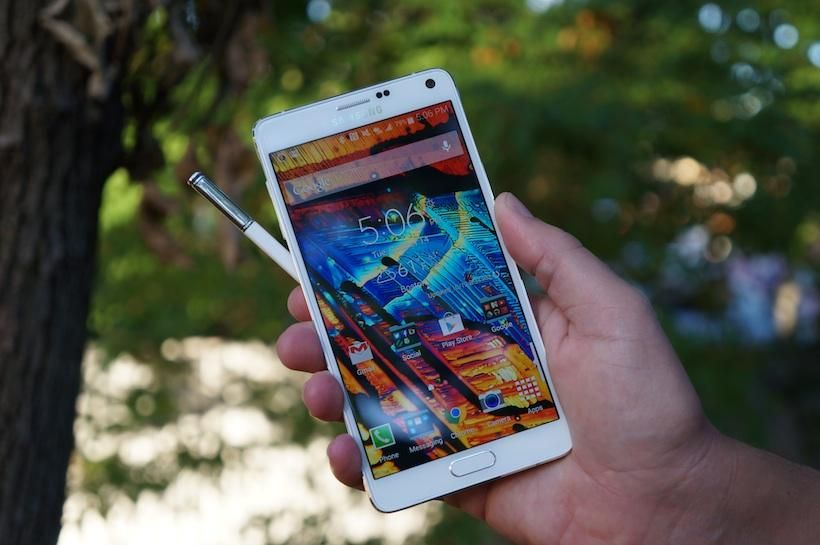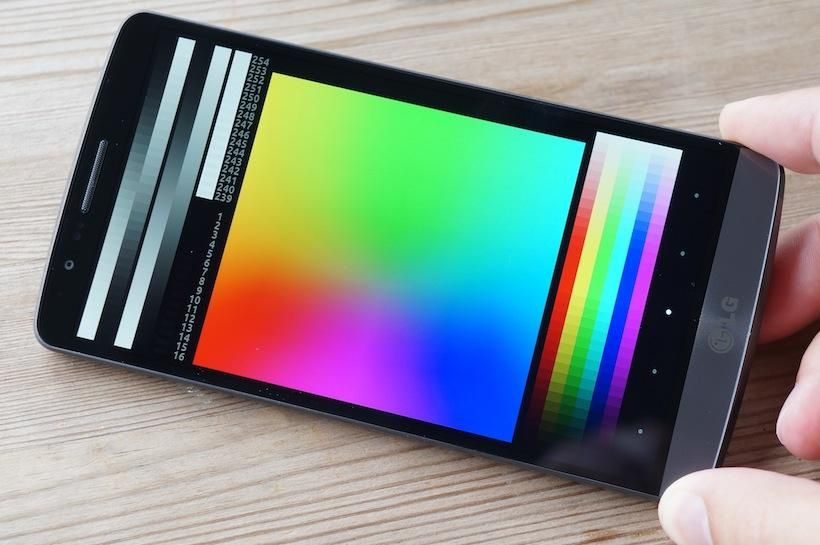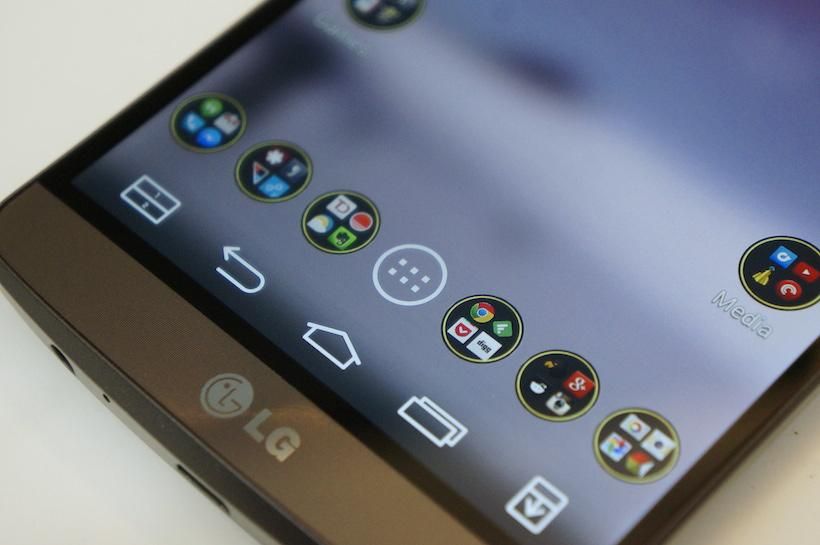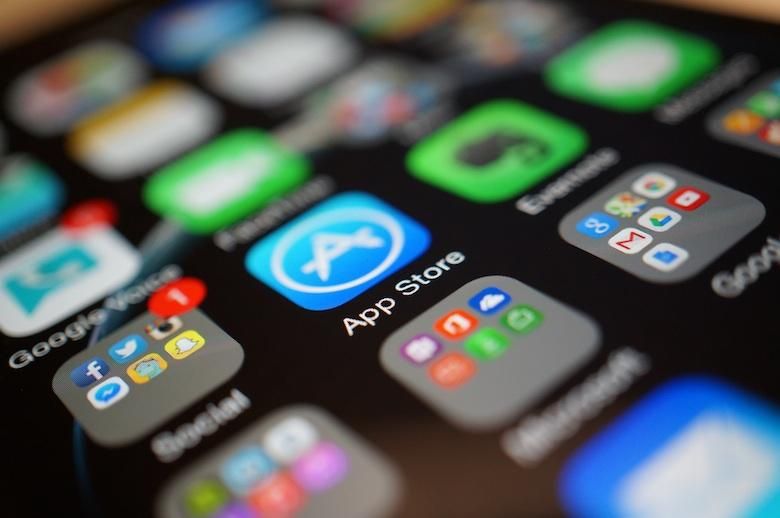This newfangled tech world is some sort of heaven for pixel junkies.
A few years ago, the thought of a 4K (3,840 by 2,160 pixels) monitor, television, or projector wasn’t terribly far-fetched. 4K projectors and cameras have been available since the early 2000s, but personal monitors and televisions in ultra high-definition are a far newer product of this pixel-obsessed world.
Prior to 2013, however, the buy in price to the budding world of 4K was illogical for most of us normal humanoids who don’t draw six-figure salaries each year. The first 4K televisions were large and expensive. Very expensive. Sony’s first, the XBR-84X900 released in November 2012, was an 84-inch monster that came with a similarly monstrous price tag: $24,999.99.
Around the same time, 720p was becoming an increasingly common display resolution for the mobile industry. Few questioned why 720p was necessary or even desired in smartphones at the time, though the thought of such a high resolution in a pocket-sized smartphone made some enthusiasts scratch their heads. Any doubts about 720p were quickly silenced after a few minutes of hands-on with a 720p smartphone. The gains over the previous WVGA displays were visible and real.
Shortly thereafter, discussions and rumors of 1080p smartphone displays began not long after the first 720p smartphone – and rightfully so. The visual benefits of 1080p smartphones over their 720p predecessors may have been visible to the naked eye, but the improvement wasn’t nearly as dramatic. It also raised concerns over additional power draw for a brighter backlight and higher CPU and GPU requirements to push the additional pixels.
Questions about whether 1080p displays on smartphones were feasible and warranted littered headlines and comment threads alike on mobile tech sites around the web.
Turns out, 1080p displays don’t come with as much baggage as we originally thought. They can be just as power-efficient as their 720p counterparts, are plenty bright, and don’t require so much horsepower they diminish their usefulness. After using a host of different 1080p smartphones, I wouldn’t willingly choose a 720p display, even if the 1080p option were to negatively affect battery life. The crisp images are worth it.
However, the human retina does have its limitations and more than ever we find ourselves questioning what the upper limit of 20/20 vision actually is. Obviously, vision and personal limitations vary by person. Even more, at some point, most people simply don’t care anymore – 720p and 1080p displays are clear enough.
Still, mobile manufacturers push forward as display technologies become more efficient and cost-effective. OEMs like Samsung, LG, Motorola, and others have graduated from 1080p and moved on to quad-HD panels. Samsung’s latest Galaxy Note handset comes with a 5.7-inch Super AMOLED display bearing a resolution of 2,560 by 1,440 pixels. Oppo’s Find 7, LG’s G3, the Nexus 6 also come with QHD displays.
Once more, consumers, reviewers, and enthusiasts are left to wonder why. Why do manufacturers feel the need to continue to increase resolution when they have yet to master white balance, color gamut, side visibility, or outdoor visibility on existing displays? Can the human eye even discern the difference between a 5.5-inch QHD display and one the same size at 1080p? If not, what’s the point?
Where do we draw the line and at what density does a pocket-sized display meet the point of diminishing returns for the customer?
The questions only continue to pile up, unanswered, as rumors of 4K mobile displays abound. Earlier today, word of a Sharp-produced 4K smartphone display measuring between 5- and 6-inches would be ready for prime time in 2016. Where does it end?
Already, there is reason to question the need for QHD. For instance, many phones with 1080p displays suffer from mediocre and poor battery life. Would it not make more sense to improve the power efficiency of a device rather than increasing an aspect of the phone most users will never notice, like a jump from 1080p to QHD?
Many have argued that LG could have improved the G3, overall, had it opted for a 1080p display over the QHD panel. It stands to reason that the battery performance would have been better, the brightness and overheating issues could have been avoided, and LG could have even reduced manufacturing costs to help pad its pockets. Similar points have been made about the Oppo Find 7, Galaxy Note 4, and practically every other high-end smartphone with a QHD display.
While I personally stand by most of those arguments, there are actually quite a few misconceptions about QHD displays.
For example, how such a high resolution might affect the battery performance of a phone. Logically, it might make sense that if you took two nearly identical smartphones, one with a 1080p display and the other with a QHD display, and put them through the same series of stress tests, the device with the QHD display would deplete its charge more quickly. That isn’t always true, however, as a DisplayMate test tells us a different story. It put the Galaxy Note 3 and Galaxy Note 4 through a series of display tests and found that the display on the newer model is more power-efficient. The Galaxy Note 4 is rated at 0.85W for average display power to the 0.90W for the Galaxy Note 3. Likewise, in a Peak White test, the maximum display power of the Note 4 was 1.80W compared to the 2.00W from the Note 3.
What does this mean, exactly? Essentially, through the same amount of stress, the display on the Galaxy Note 3 will consume more power. The Galaxy Note 4 display, despite being the same size with nearly double the resolution, is more efficient – 14 percent more efficient, according to DisplayMate.
Obviously, this is no one-size-fits-all test. Samsung’s AMOLED displays are generally more power-efficient than the competition in more ways than one. Specifically, any black areas of the display are actually dormant pixels not drawing any power, whereas their LCD counterparts attempt to block the backlighting with individual pixels for black images. Many of Samsung’s AMOLED displays also utilize the Diamond Pixel arrangement. Rather than each pixel having a red, blue, and green subpixel to itself, both the Galaxy Note 3 and Note 4 use the unique Diamond Pixel arrangement, which allows individual pixels to share red and blue subpixels. At such high resolutions, the pitfalls of other similar subpixel arrangements, such as the PenTile Matrix RGBG, are not visible. So long as you’re not after extreme color accuracy or the best possible outdoor visibility, it’s a win-win.
But what happens when you consider a device like the LG G3? It, too, has a QHD display which measures 5.5-inches diagonally. Being a 1440p LCD, it needs more light than a 1080p display measuring the same size to illuminate the display. Remember how both Michael and I noted that the G3’s display was markedly dim in comparison to other high-end smartphones with similar display sizes? More pixels crammed into the same space leaves less room for light to pass through.
Logically, this would require the G3’s display to draw more power, especially when images are not static. LG uses a software trick it calls panel self-refresh. As Ryan Whitwam of Tested explains:
“If the image being displayed is static, the screen can refresh itself from a small partition of dedicated memory. This allows the Qualcomm Snapdragon 801 to back off and save power. The display’s refresh rate is also controllable through software and toggles between two states — 60Hz and 50Hz. When the full 60Hz isn’t needed, it steps down to 50Hz to save power.”
However, with practically anything more graphically intensive than a still image, the G3’s display will undoubtedly draw more power and consume precious battery power. This is evidenced by its average battery life and best explained by the additional processing power needed to push almost twice as many pixels as a 1080p display. The processor is reading information for each of the 3.7 million pixels on the 1440p display for each refresh, compared to merely 2 million pixels on a 1080p display.
In other words, depending on the display technology and software optimizations used by manufacturers, QHD displays can be more power-efficient than their 1080p counterparts, especially in a static state or when rendering images in 1080p rather than full resolution. However, when you push a QHD display to its limits, the additional power consumption is evident, both through visibly faster battery drain and through heat. Heat alone will diminish battery performance. The fact that LG has created a software feature to automatically dim the display on the G3 when it reaches a certain temperature is rather telling of just how much power the display requires.
That said, there are still advantages to QHD displays. DisplayMate explains that displays with “higher than visual acuity for 20/20 vision at typical viewing distances … include a closer match to digital photo resolutions, the ability to display Full HD 1920×1080 images with an additional 1.6 Mega Pixels left over for displaying additional content at the same time, plus efficient and simple rescaling (with small integer ratios) of various HD and Quad screen resolution formats to improve processing efficiency and resulting picture quality.” In other words, the resolution is there and capable of being used it if ever were needed.
Before anyone jumps the gun, yes, there is a discernible improvement in the crispness of images on a QHD display over a 1080p panel, but only slightly. Specifically on the G3, that’s partially due to there being twice as many pixels and LG making sure it provided some wallpapers with extremely fine details mean to show off the resolution, but LG also uses some sharpening software to make some UI elements appear more crisp. Content for QHD on a smartphone, on the other hand, isn’t easy to come by and makes 1440p smartphones feel somewhat premature.
Arguably more important than power consumption, however, is the actual quality of the displays. White balance, color reproduction, black levels, contrast, and viewing angles on the G3’s display have all been criticized. That said, DisplayMate tells us that the Note 4’s display has been improved in color accuracy, brightness (and its Super Dimming Mode, like found on the Galaxy S5), and outdoor visibility over last year’s Galaxy Note 3 and even the Galaxy S5 from earlier this year.
Personally, I’m not sold on QHD. While manufacturers have created – and are capable of creating – 1440p displays which are more efficient than 1080p displays in specific ways, 1080p is more than sufficient in almost every scenario. Also, if those same optimizations were applied to a 1080p panel the same size, wouldn’t the performance and power-efficency gains be even greater for the end user?
I’m a pixel junkie. I love pixels and extreme resolutions. But I don’t need QHD – especially not 4K – in a smartphone. On tablets and computers, sure. But not on my smartphone. 1080p is just fine.

